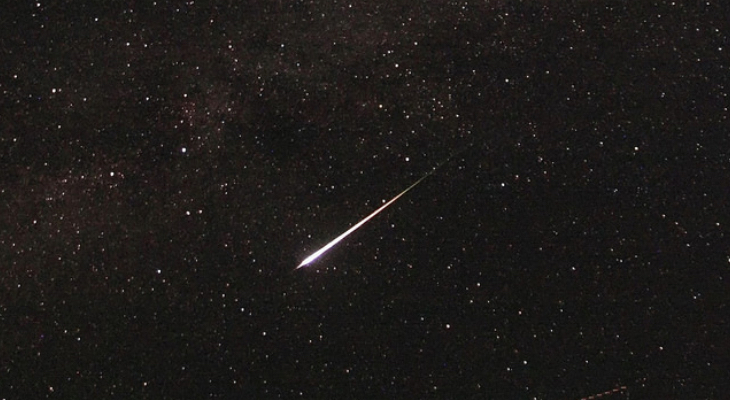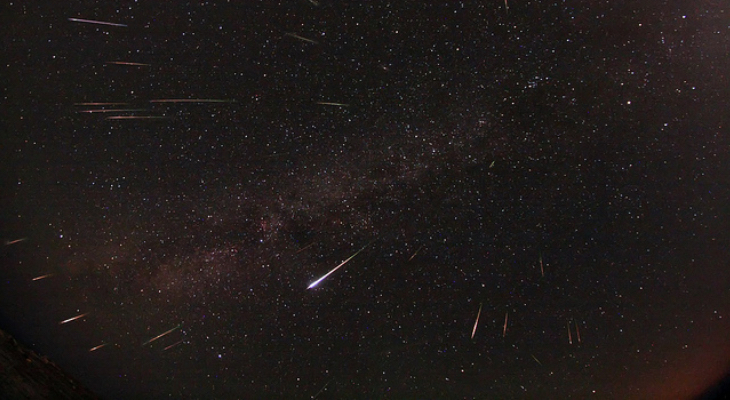Romantically known as the Tears of St Lawrence, this year’s Perseids are set to be the best yet, thanks to a new moon occurring the night before.
This year’s Perseid meteor shower will peak during the night between 12th and 13th August. With a new moon occurring on 11th August, the absence of this natural light polluter will mean we’ve got a better chance this year to get a prime view of the spectacle in the sky.
The Perseids are the most popular meteor showers of the year, and this August, they should be the best of the entire year. If weather conditions remain clear, you should expect to see between 60 and 70 meteors per hour.

Michael Nolle
The meteor shower is caused as the Earth passes through the dust and debris left by the comet Swift-Tuttle. The largest object known to repeatedly pass by our planet, the comet’s nucleus is about 26 km (16 miles) wide. When you lie back to watch the meteor showers, you are actually seeing pieces of comet debris heat up as they enter the atmosphere, burning up in a bright burst of light streaking a vivid path across the sky as they travel at 59 km (37 miles) per second.
They are known as Perseids because the radiant (the point from which they appear to hail) is in the constellation Perseus. The shower is visible from mid-July each year, when the Earth enters the comet’s path but peaks between 9th and 14th August.
As the peak showers tend to coincide with the feast of St Lawrence, Catholics often refer to the meteors as the saint’s tears suspended in the sky, which are returning to earth once a year on the anniversary of the saint’s martyrdom in 258 AD. And indeed there will be plenty of “tears” of the pyrotechnic variety lighting up the sky over Vittoriosa and San Lawrenz (Gozo) this week, as they celebrate the feast of St Lawrence.

Michael Nolle
You’ll have to stock up on the caffeine to keep awake if you want to watch the best of the meteor show, as you won’t be getting much sky action before midnight. For the best viewing opportunities, make yourself comfortable in a location unspoilt by light pollution facing south-east or south. Areas like Imtaħleb, Miġra Ferħa (limits of Rabat) and Fomm ir-Riħ are ideal.
The Astronomical Society of Malta together with the Institute of Space Sciences and Astronomy at the University of Malta will be organising an observation night at Dwejra in Gozo from 10pm on 12th August lasting through the night. Dwejra is the darkest night sky location in the Maltese Islands, and a dark sky heritage site. The society will be setting up its cameras to capture the Perseid meteors as they enter the Earth's atmosphere, and a few telescopes will also be available. The event is free.
If you’re planning on trying to capture the meteor showers on camera, you won’t have much success with a smartphone here. You’ll need to dig out the proper gear for this. A DSLR camera with a wide angle lens set on infinity should do the trick. Photography pros recommend you make a series of 30 second exposures and hope for the best. If you’re lucky, one, or more, will contain meteors!